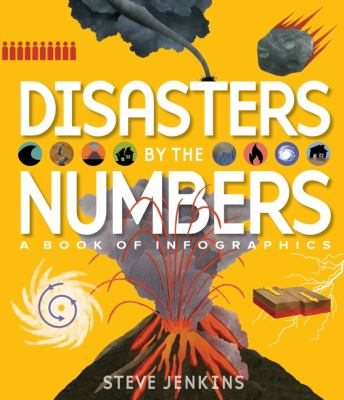In the movie Beetlejuice, Lydia Deetz proffers the immortal lines “...live people ignore the strange and unusual. I myself am… strange and unusual.” She’s not the only one. As a lover of the strange and unusual, I know there are plenty of us out there who like to explore these topics. Many local pubs have trivia nights, and quiz shows on TV reward people for remembering obscure information. You can still buy the board game Trivial Pursuit, in classic or specialty editions - and there are other trivia games out there.
Fun facts, trivia, world records - many books in the library contain this type of information. Most are shelved in adult nonfiction, but are widely checked out by teens and upper elementary-aged children as well. Guinness World Records - originally the Guinness Book of Records - started in the 1950s as a way to settle bets in pubs, according to their website. Now one of the most recognized and trusted brands in the world, Guinness still documents record-breaking events and publishes them in its yearly almanac. (Guess what? The world’s tallest rollercoaster is Falcons Flight at Six Flags Qiddiya in Saudi Arabia.)
Ripley’s Believe It or Not! is a franchise feature in newspapers that has been published under that name since 1919. Specializing in bizarre facts, Ripley’s has also produced books, comics, a radio show, short films, and a TV series. Robert Ripley displayed his collection at the Chicago World’s Fair in 1933, and followed with fairs and exhibitions, eventually opening a number of museums, called Odditoriums. Many of these are still open around the world. (Fun fact: One of the items in Ripley’s warehouse is a vampire killing kit from the 1800s).
The National Geographic Society, which was founded over 130 years ago, is a nonprofit organization with a mission to “Illuminate and protect the wonders of our world.” Today, they continue to push the boundaries of knowledge through exploration - and, to our benefit, publication. Along with atlases, maps, kid’s readers, and magazines, the Society publishes a National Geographic Almanac and a National Geographic Kids Almanac each year. (Did you know there are 2,000 known species of edible insects, and beetles are the most commonly consumed?)
Infographics are clear, visual representations of data and information. Books of infographics have risen exponentially as the use of computer-aided graphic design has risen. Flip Flop Fly Ball: An Infographic Baseball Adventure by Craig Robinson (2011) has enough charts and statistics to satisfy even the most rabid baseball aficionado, and for kids there is a great series titled By the Numbers by Steve Jenkins that covers topics kids like to read about: dinosaurs, insects, disasters, and more.
In the Dewey Decimal System, encyclopedias and books of facts are grouped into the 030-039 range. You can find many of the books mentioned here in your library on the 031-032 shelves. Treat yourself to some trivia this week!
New at the Library
Fiction
- The Man Made of Smoke by Alex North
- A Case of Mice and Murder by Sally Smith
- Heart Be at Peace by Donal Ryan
Nonfiction
- Belle Starr: The Truth Behind the Wild West Legend by Michael Wallis
- Cooler than Cool: The Life and Work of Elmore Leonard by C. M. Kushins
- My Next Breath by Jeremy Renner
Children
- M is for Mango by Atinuke
- National Geographic Kids World Atlas by National Geographic
- The Hat of Great Importance by Patrick Ness

